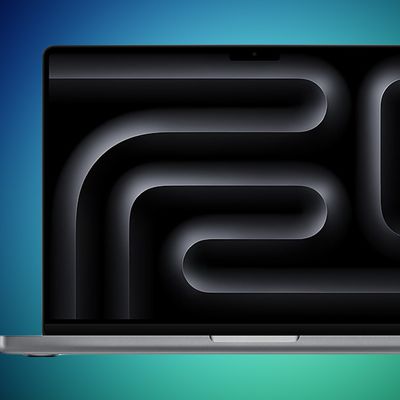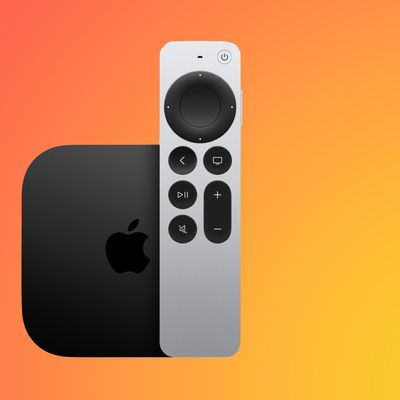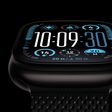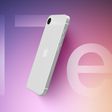Apple Has Backlog of Requests From Police to Unlock Seized iPhones
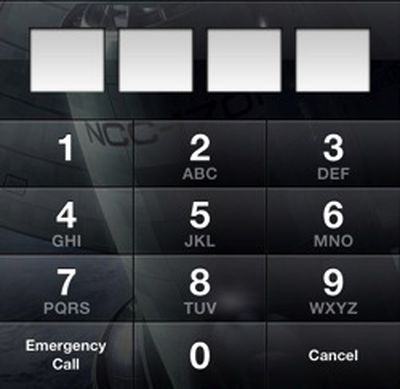 Apple has created a 'waiting list' for law enforcement requests to unlock seized iOS devices, according to a report from CNET.
Apple has created a 'waiting list' for law enforcement requests to unlock seized iOS devices, according to a report from CNET.
The article notes a case in Kentucky where the Bureau of Alcohol, Tobacco, Firearms and Explosives was the lead agency, and investigators contacted Apple for assistance after they were unable to locate any law enforcement agency in the country with the forensic capabilities to unlock an iPhone crucial to the case.
The agency contacted Apple but was told by a representative in Apple's litigation group that there would be a seven-week delay.
The ATF's Maynard said in an affidavit for the Kentucky case that Apple "has the capabilities to bypass the security software" and "download the contents of the phone to an external memory device." Chang, the Apple legal specialist, told him that "once the Apple analyst bypasses the passcode, the data will be downloaded onto a USB external drive" and delivered to the ATF.
It's not clear whether that means Apple has created a backdoor for police -- which has been the topic of speculation in the past -- whether the company has custom hardware that's faster at decryption, or whether it simply is more skilled at using the same procedures available to the government. Apple declined to discuss its law enforcement policies when contacted this week by CNET.
While it's easy to erase an iPhone when it has been locked, for law enforcement, it appears to be considerably more difficult -- but not impossible -- to retrieve data from seized devices.
In its privacy policy, Apple says it may disclose personal information "by law, legal process, litigation, and/or requests from public and governmental authorities within or outside your country of residence" or "if we determine that for purposes of national security, law enforcement, or other issues of public importance, disclosure is necessary or appropriate."
Popular Stories
Apple will launch its new iPhone 17 series in two months, and the iPhone 17 Pro models are expected to get a new design for the rear casing and the camera area. But more significant changes to the lineup are not expected until next year, when the iPhone 18 models arrive.
If you're thinking of trading in your iPhone for this year's latest, consider the following features rumored to be coming...
In select U.S. states, residents can add their driver's license or state ID to the Wallet app on the iPhone and Apple Watch, providing a convenient and contactless way to display proof of identity or age at select airports and businesses, and in select apps.
Unfortunately, this feature continues to roll out very slowly since it was announced in 2021, with only nine U.S. states, Puerto Rico,...
Apple does not plan to refresh any Macs with updated M5 chips in 2025, according to Bloomberg's Mark Gurman. Updated MacBook Air and MacBook Pro models are now planned for the first half of 2026.
Gurman previously said that Apple would debut the M5 MacBook Pro models in late 2025, but his newest report suggests that Apple is "considering" pushing them back to 2026. Apple is now said to be...
Three out of four iPhone 17 models will feature more RAM than the equivalent iPhone 16 models, according to a new leak that aligns with previous rumors.
The all-new iPhone 17 Air, the iPhone 17 Pro, and the iPhone 17 Pro Max will each be equipped with 12GB of RAM, according to Fixed Focus Digital, an account with more than two million followers on Chinese social media platform Weibo. The...
Since the iPhone X in 2017, all of Apple's highest-end iPhone models have featured either stainless steel or titanium frames, but it has now been rumored that this design decision will be coming to an end with the iPhone 17 Pro models later this year.
In a post on Chinese social media platform Weibo today, the account Instant Digital said that the iPhone 17 Pro models will have an aluminum...
Production of foldable OLED displays for Apple's first foldable iPhone have begun ahead of its expected launch next year, Korea's ETNews reports.
The first foldable iPhone's displays are being produced by Samsung Display, who are establishing a production line dedicated to the upcoming Apple device its A3 factory in Asan, Chungcheongnam-do. The production line will make displays exclusively...
A new Apple TV is expected to be released later this year, and a handful of new features and changes have been rumored for the device.
Below, we recap what to expect from the next Apple TV, according to rumors.
Rumors
Faster Wi-Fi Support
The next Apple TV will be equipped with Apple's own combined Wi-Fi and Bluetooth chip, according to Bloomberg's Mark Gurman. He said the chip supports ...
iPhone 17 Pro and iPhone 17 Pro Max models with displays made by BOE will be sold exclusively in China, according to a new report.
Last week, it emerged that Chinese display manufacturer BOE was aggressively ramping up its OLED production capacity for future iPhone models as part of a plan to recapture a major role in Apple's supply chain.
Now, tech news aggregator Jukan Choi reports...
 Apple has created a 'waiting list' for law enforcement requests to unlock seized iOS devices, according to a report from CNET.
Apple has created a 'waiting list' for law enforcement requests to unlock seized iOS devices, according to a report from CNET.



